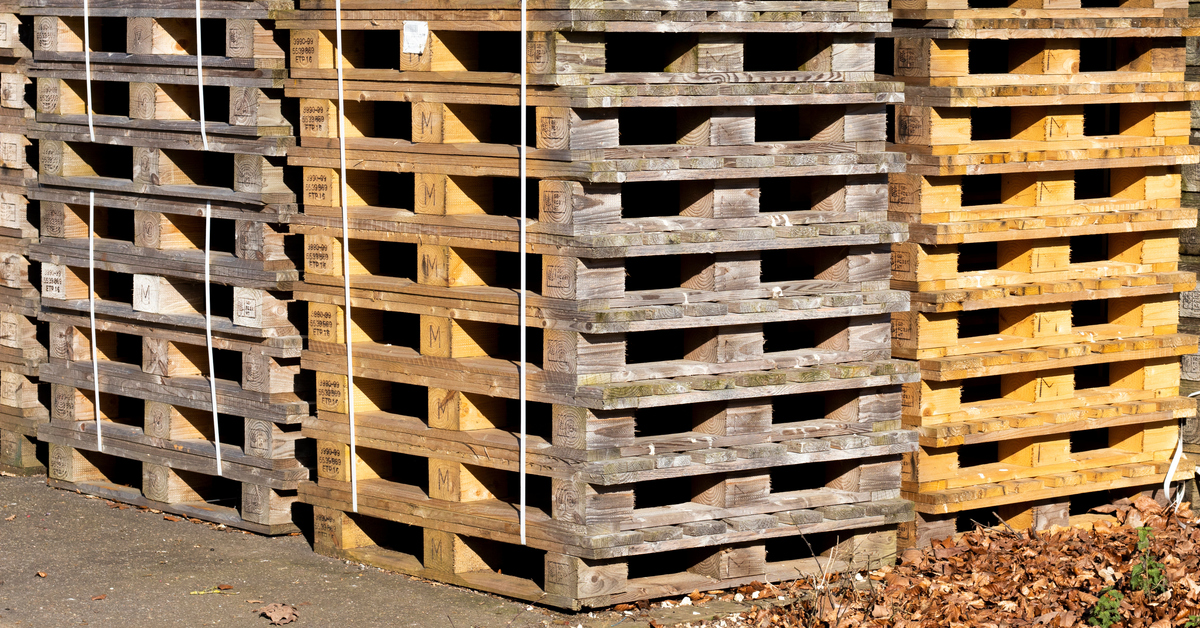- By First Alliance Logistics Management
- July 9, 2024
- Buying Pallets
Pallets are essential for shipping and storage. However, not all pallets are created equal. In fact, there are two primary types: stringer pallets and block pallets.
Understanding the differences between these two can help businesses make more informed choices for their logistical needs. Let’s explore the stringer vs. block pallets debate and discover the difference between the two.
Stringer and Block Pallets: The Two Main Pallet Designs
Pallets come in various shapes, sizes, and materials, but stringer and block pallets are the most common designs. Each has its unique features and benefits, which suit different applications. Whether you’re looking for durability, ease of handling, or cost-effectiveness, knowing these two types will guide you in choosing the right custom wood pallets for your business.
What Are the Defining Characteristics of a Stringer Pallet?
Stringer pallets get their name from the stringers—long pieces of wood—running along their length. These stringers support the deck boards, providing the necessary structure and strength. Typically, stringer pallets have notches cut into the stringers, allowing forklifts to lift them from all four sides.
One of the key benefits of stringer pallets is their cost-effectiveness. They’re generally cheaper to produce than block pallets, making them a popular choice for many businesses. Additionally, you can customize stringer pallets with ease, making them ideal for businesses needing custom wood pallets.
What Makes a Block Pallet Different Than a Stringer Pallet?
Block pallets differ from stringer pallets in their construction. Instead of stringers, they use blocks—usually nine in total—to support the top deck boards. This design provides better stability and strength, making block pallets suitable for heavier loads and more demanding environments.
One of the main advantages of block pallets is their four-way entry. Forklifts can lift them from any side, enhancing their handling efficiency. This feature is particularly useful in busy warehouses where quick and easy pallet maneuvering is crucial.
Block pallets are also more durable than stringer pallets. The block construction allows for a more even distribution of weight, reducing the risk of damage. While they’re typically more expensive, their longevity and robustness often justify the higher cost.
Which Pallet Design Should My Business Choose?
Choosing between stringer and block pallets depends on several factors, including your budget, the nature of your goods, and your handling requirements. If cost is a primary concern and your loads are relatively light, stringer pallets might be the better option. They offer good performance at a lower price point.
However, if you deal with heavier loads or need pallets that can withstand rough handling, block pallets are the way to go. Their durability and four-way entry design make them a reliable choice for more demanding environments.
Understanding the difference between stringer and block pallets will help you optimize your shipping and storage operations. Both have their merits, and the right choice depends on your specific requirements.
To explore the best pallet options for your business, contact First Alliance Logistics Management. We specialize in providing custom wood pallets that meet the highest standards of quality and performance. Make the smart choice today and streamline your logistics with the right pallet design.

